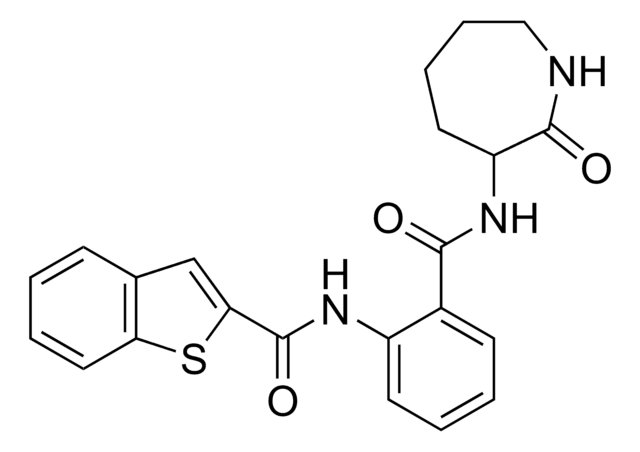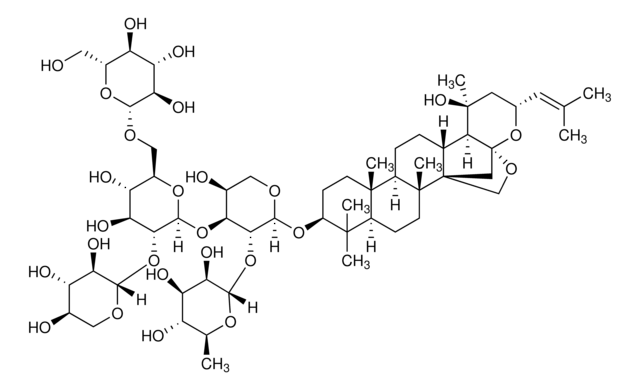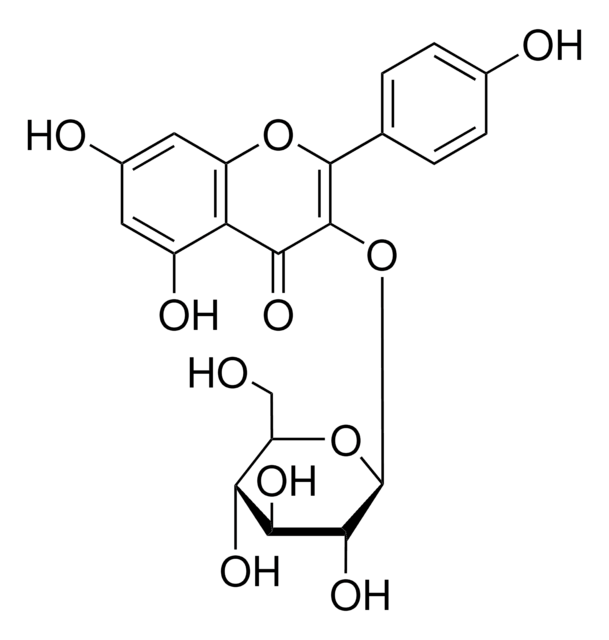Key Documents
SML2333
VU0463271
≥98% (HPLC)
Synonim(y):
N-Cyclopropyl-N-(4-methyl-2-thiazolyl)-2-[(6-phenyl-3-pyridazinyl)thio]-acetamide, N-Cyclopropyl-N-(4-methyl-2-thiazolyl)-2-[(6-phenyl-3-pyridazinyl)thio]acetamide, N-Cyclopropyl-N-(4-methylthiazol-2-yl)-2-(6-phenylpyridazin-3-ylthio)acetamide
About This Item
Polecane produkty
Próba
≥98% (HPLC)
Postać
powder
kolor
off-white to blue-gray
rozpuszczalność
DMSO: 2 mg/mL, clear
temp. przechowywania
2-8°C
InChI
1S/C19H18N4OS2/c1-13-11-26-19(20-13)23(15-7-8-15)18(24)12-25-17-10-9-16(21-22-17)14-5-3-2-4-6-14/h2-6,9-11,15H,7-8,12H2,1H3
Klucz InChI
DPONSKCACOZTGN-UHFFFAOYSA-N
Działania biochem./fizjol.
Kod klasy składowania
11 - Combustible Solids
Klasa zagrożenia wodnego (WGK)
WGK 3
Temperatura zapłonu (°F)
Not applicable
Temperatura zapłonu (°C)
Not applicable
Certyfikaty analizy (CoA)
Poszukaj Certyfikaty analizy (CoA), wpisując numer partii/serii produktów. Numery serii i partii można znaleźć na etykiecie produktu po słowach „seria” lub „partia”.
Masz już ten produkt?
Dokumenty związane z niedawno zakupionymi produktami zostały zamieszczone w Bibliotece dokumentów.
Nasz zespół naukowców ma doświadczenie we wszystkich obszarach badań, w tym w naukach przyrodniczych, materiałoznawstwie, syntezie chemicznej, chromatografii, analityce i wielu innych dziedzinach.
Skontaktuj się z zespołem ds. pomocy technicznej








